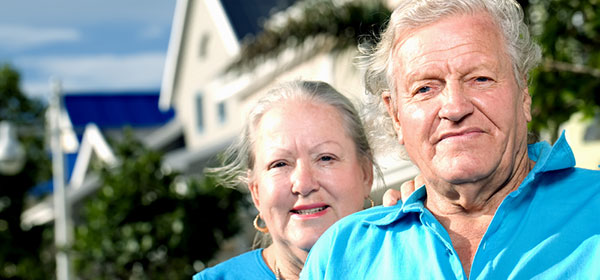Within the next few years, fewer than half of all Australians will own a home, according to the latest annual Household, Income and Labour Dynamics in Australia (HILDA) report.
The HILDA survey, which records data from the same 17,000 Australians over 15 years, shows that the number of Australian homeowners is rapidly declining. Authored by Melbourne Institute’s Professor Roger Wilkins, the study has prompted calls for the Government to address critical housing affordability issues and other social policies.
“The HILDA Survey helps to paint a picture of contemporary Australia. It’s a crucial tool for policy making and to understand the social and economic direction of the nation,” said Professor Wilkins.
On an individual basis, 51.7 per cent of Australians aged 18 and over own a home, a dramatic decline from 57 per cent in 2002.
New South Wales recorded the lowest rate of home ownership in Australia. In 2001 the number of homeowners in NSW was 68 per cent. The latest report shows that number has dropped to 63 per cent.
And although the NSW numbers don’t bode well for future homeowners, Victoria experienced a 7.8 per cent decrease in home-ownership, falling from 74 per cent in 2001 to 66 per cent in 2014, making it the biggest drop in numbers across the nation.
Home ownership numbers in South Australia dropped by 2.5 per cent, making it the state with the third-largest decline, whilst Queensland and Western Australia saw very little change. Due to small samples sizes, Tasmania, the ACT and the Northern Territory were excluded from the survey.
Home loans taken on by first-home buyers have halved since 2001, falling from 20.4 per cent to 10.4 per cent in 2014.
Results also showed that, between 2001 and 2014, the number of owner-occupied houses decreased by 3.5 per cent.
Shadow Treasurer Chris Bowen saw the report’s findings as an opportunity to push Labor’s negative gearing policy.
“It’s up to the Government whether they want to drop their ridiculous and shrill scare campaign against Labor’s sensible negative gearing and capital gains tax reforms,” said Mr Bowen.
Negative gearing seemed to be a hot issue in the lead up to Budget 2016/17, but it fell by the wayside as the Election 2016 campaign gained momentum. However, plans to tweak negative gearing policy may still be on the table in some form or another.
The report also showed that older couples are reaping the rewards of property investment, with those aged 65 and over who own their home now considered the wealthiest Australians.
“Wealth has grown very strongly for older Australians… since 2002 their average levels of wealth have grown in real terms by over 60 percent,” said Professor Wilkins.
Other findings of the report include:
- between 2001 and 2014, nearly 70 per cent of all Australians have received some type of welfare payment
- day care and preschool costs have risen by 110 per cent since 2001
- 20 per cent of single-parent families are lacking basic essentials
- average annual disposable income per household has increased from $58,000 in 2001 to $76,000 in 2014
- small businesses are employing fewer people, mostly as low-wage part-time and casual workers.
Read the HILDA media release
Read the HILDA full report
Read more at www.abc.net.au
Do you own your own home? If so, are you aware of the type of growth in wealth reported by the HILDA survey? Are you a renter by choice, or because you can’t afford to buy? If so, are you happy with the amount of rent you pay and do you feel secure that you’ll be able to stay in your home for years to come?
Related articles:
Centrelink: rent assistance rates
What negative gearing really means
Family home into family trust?

